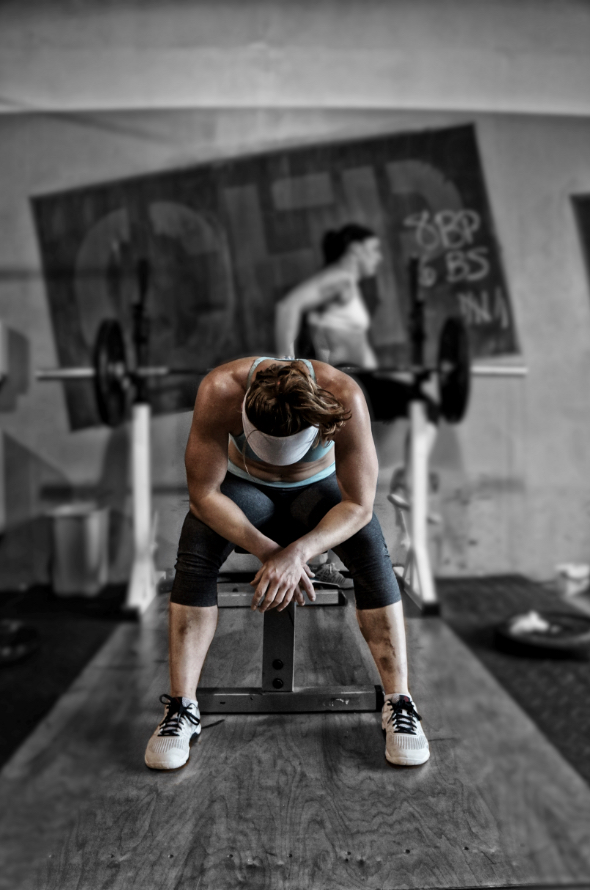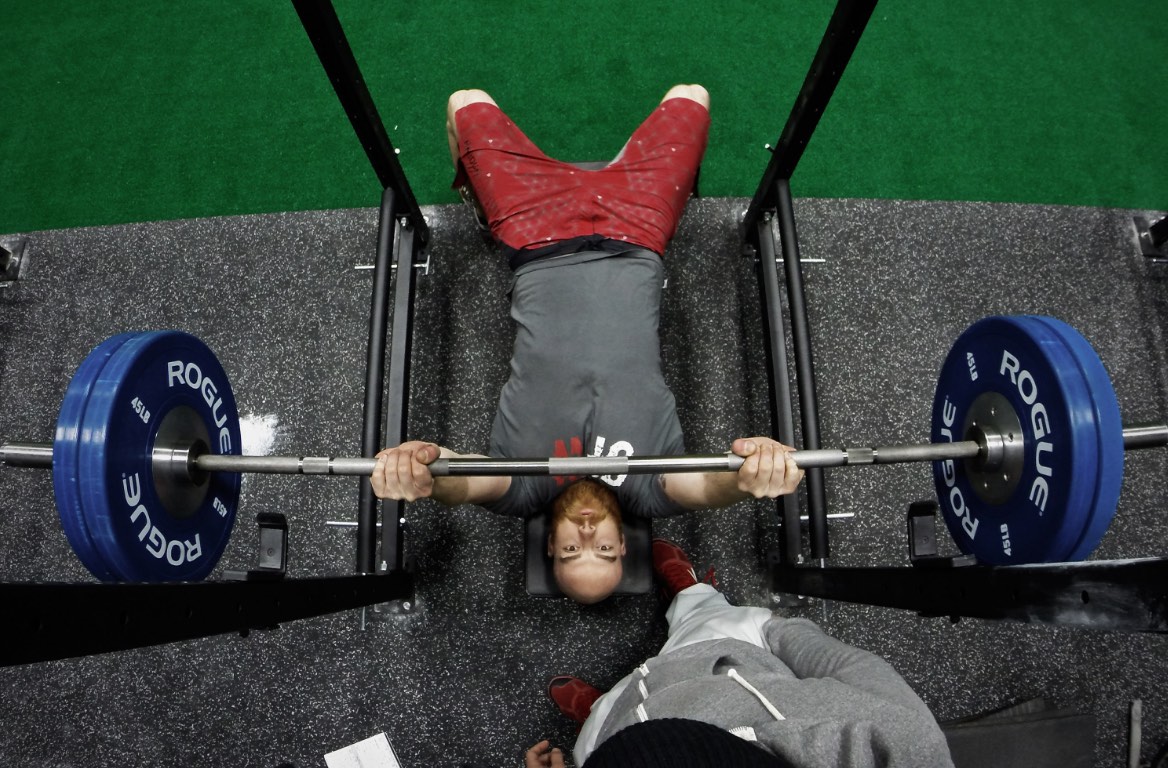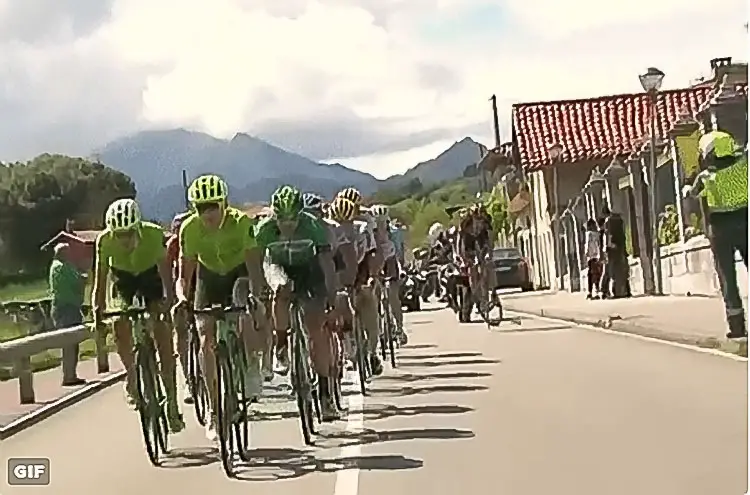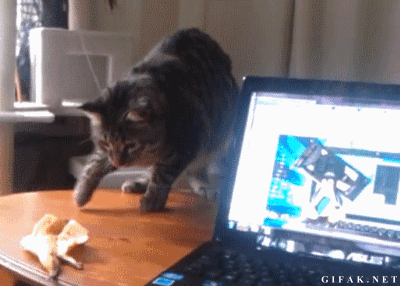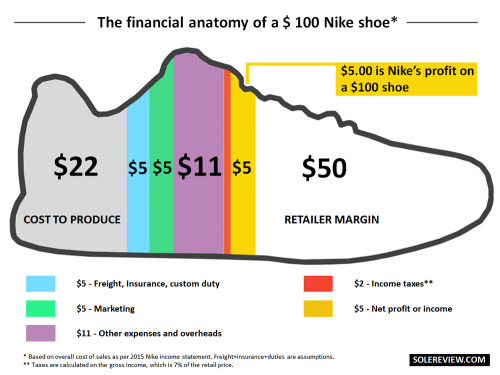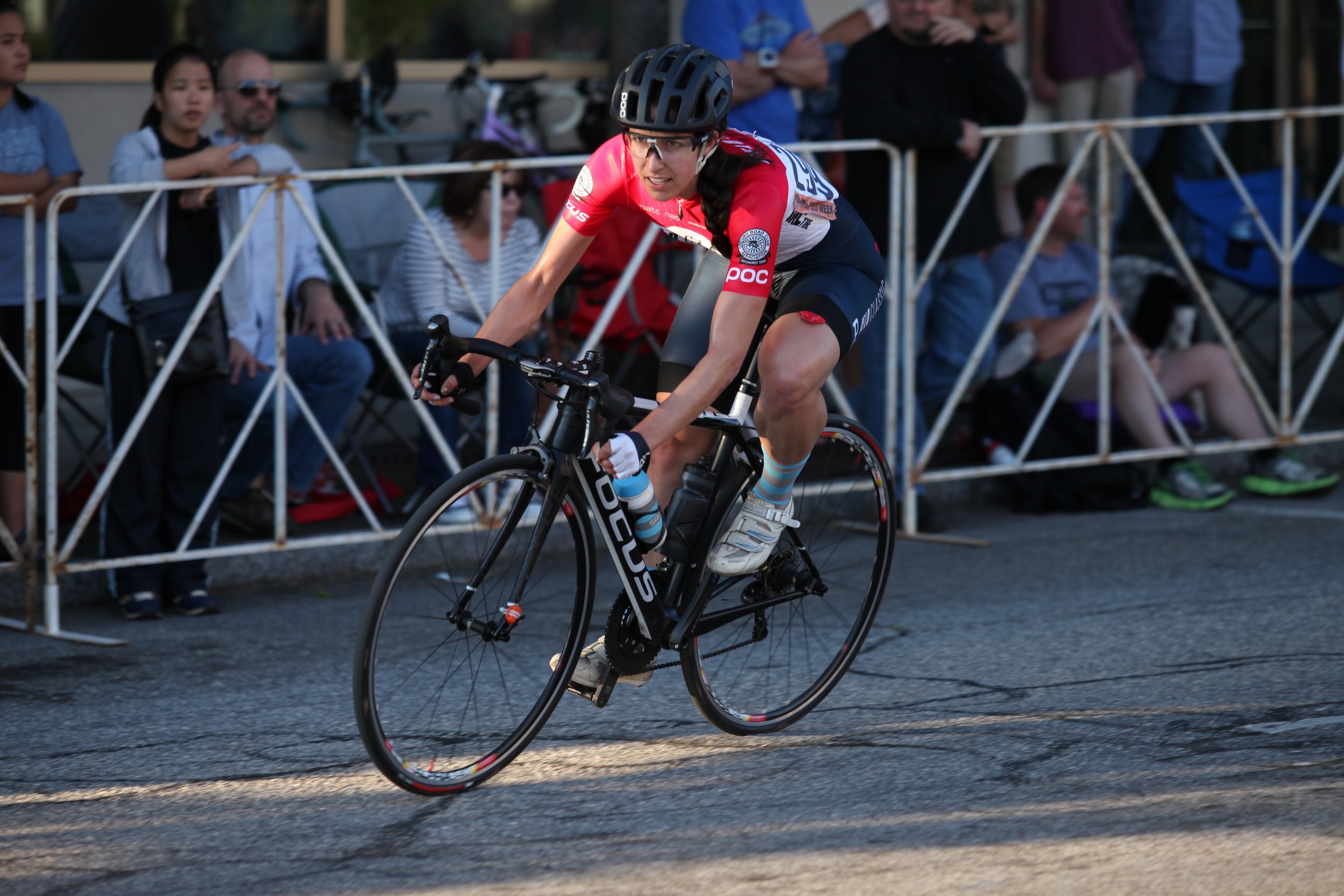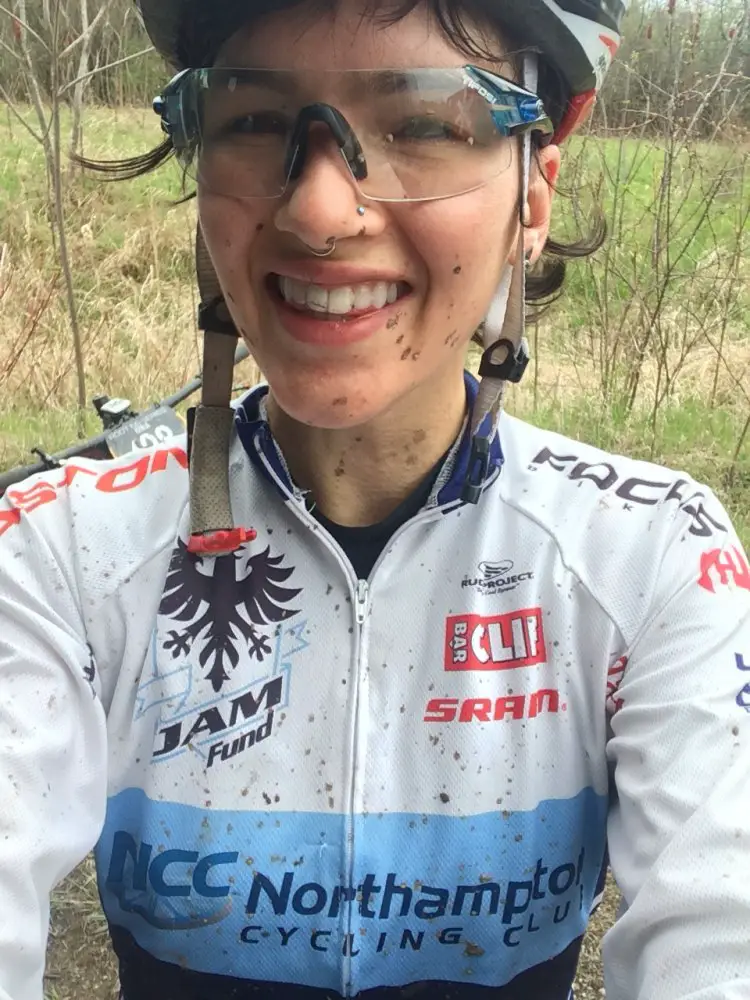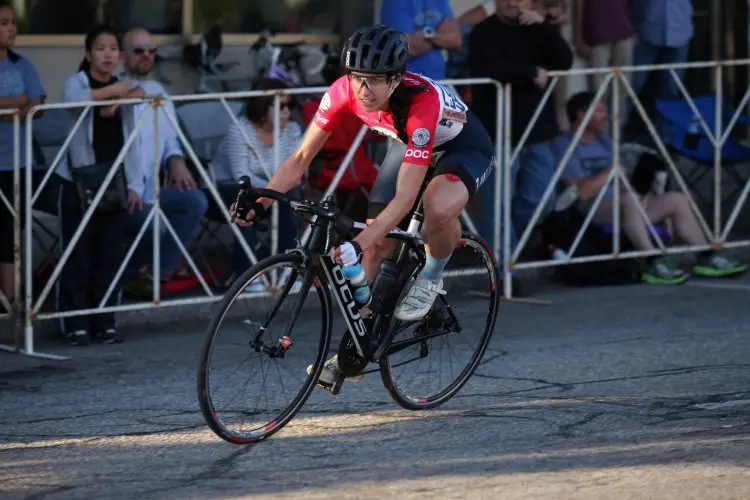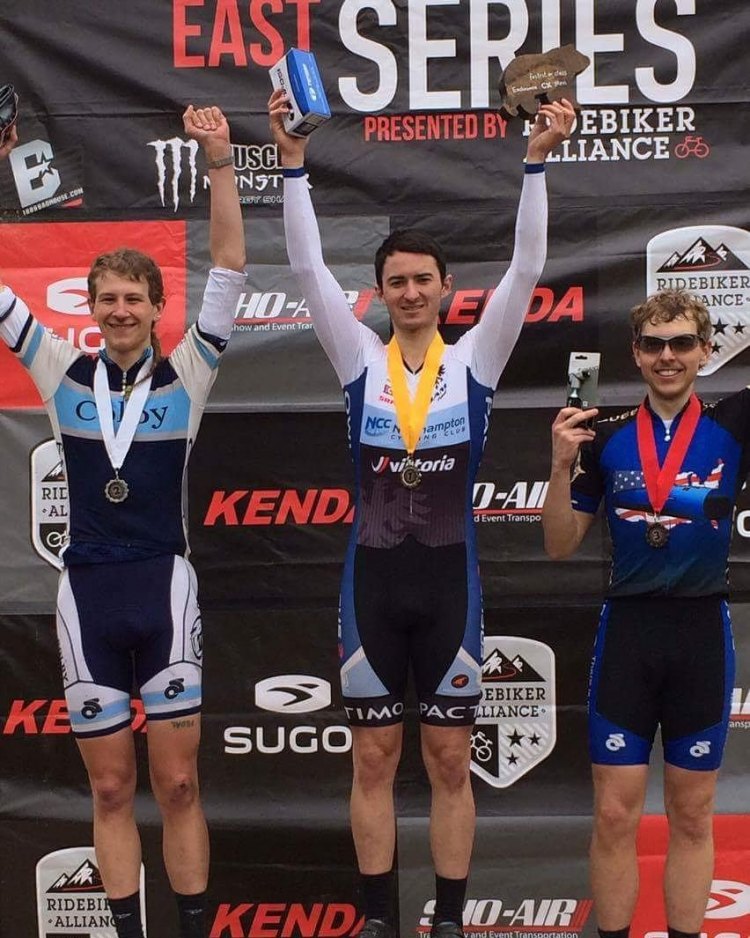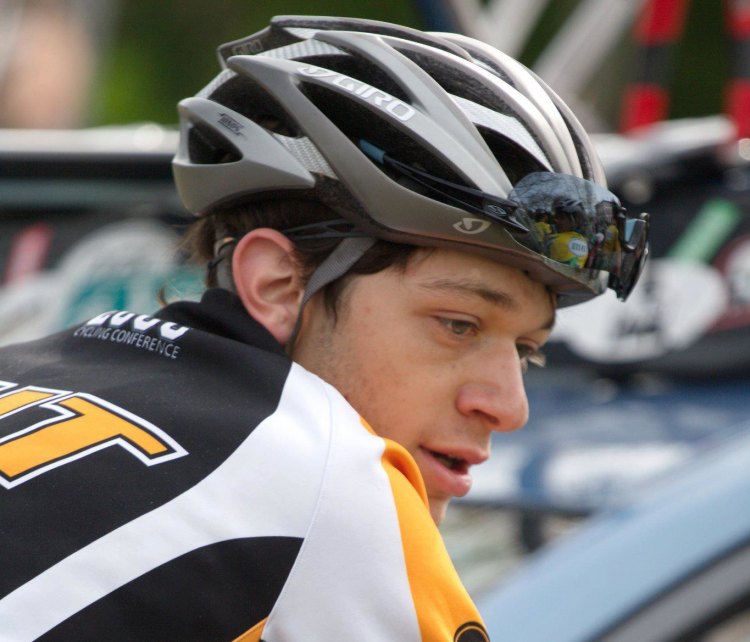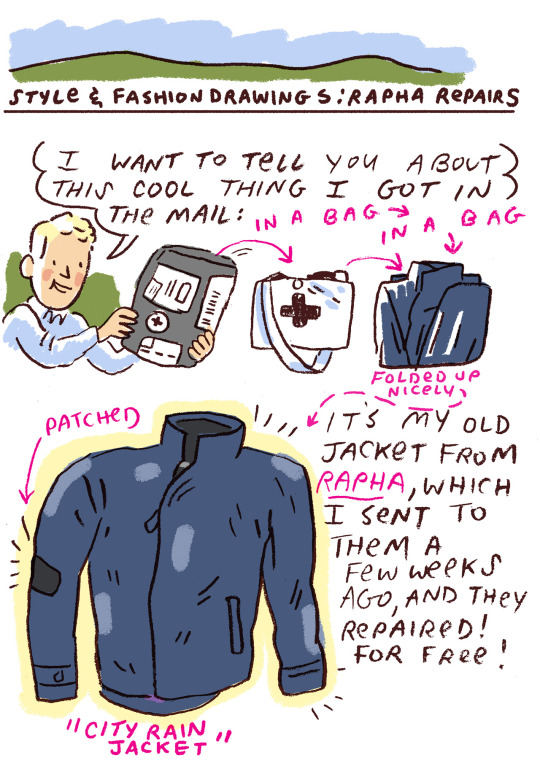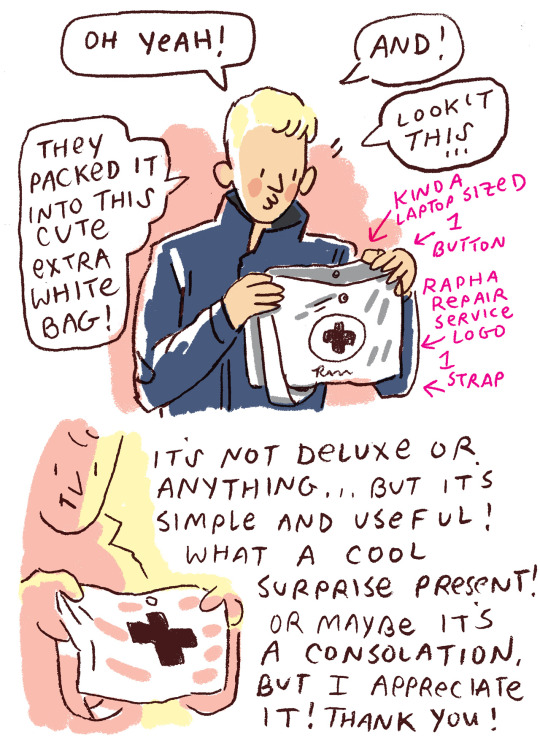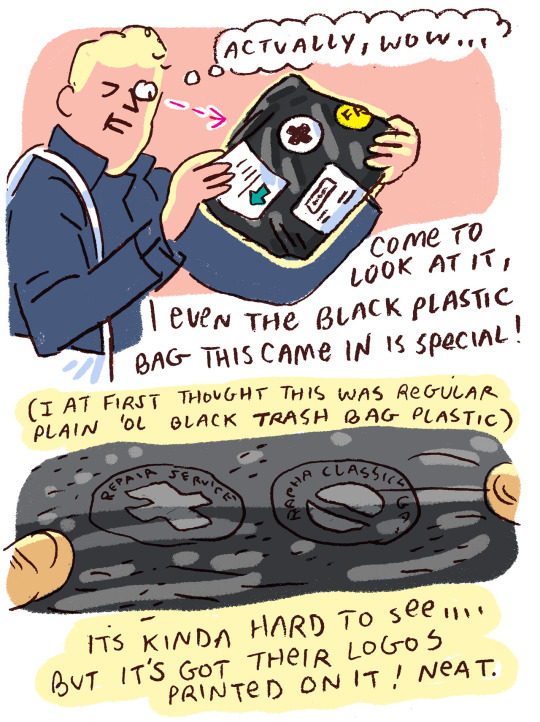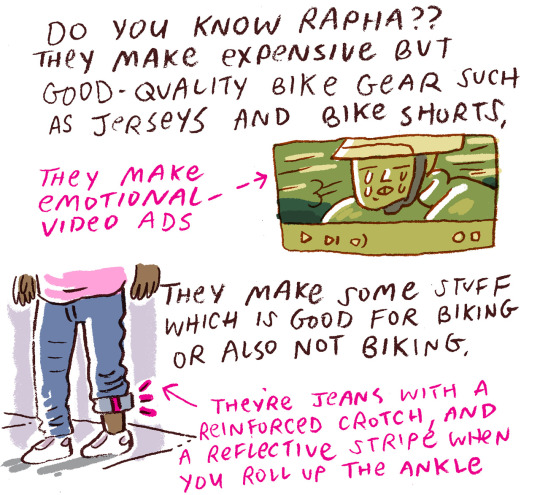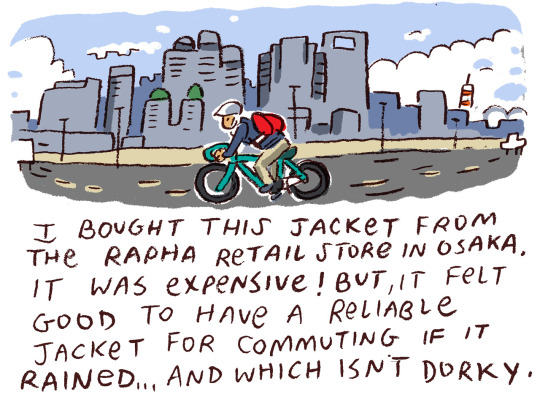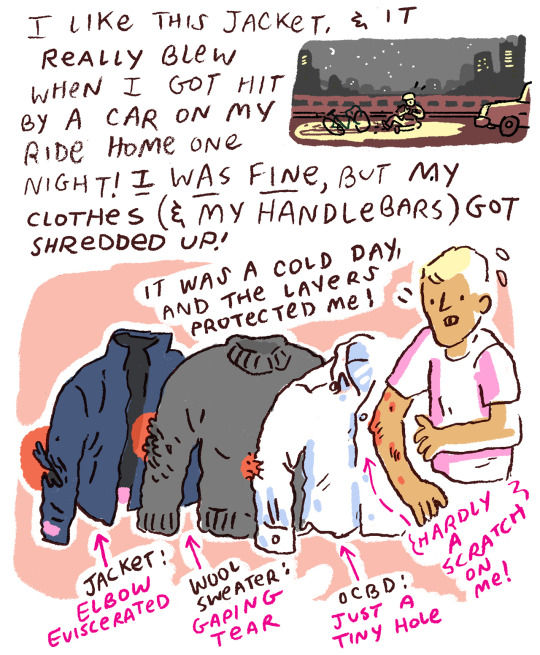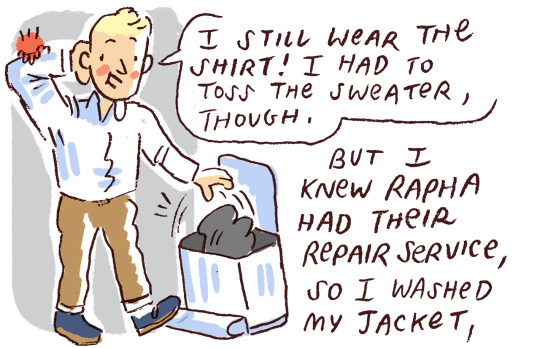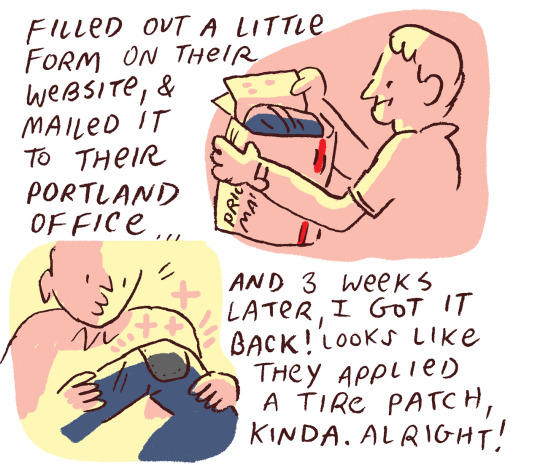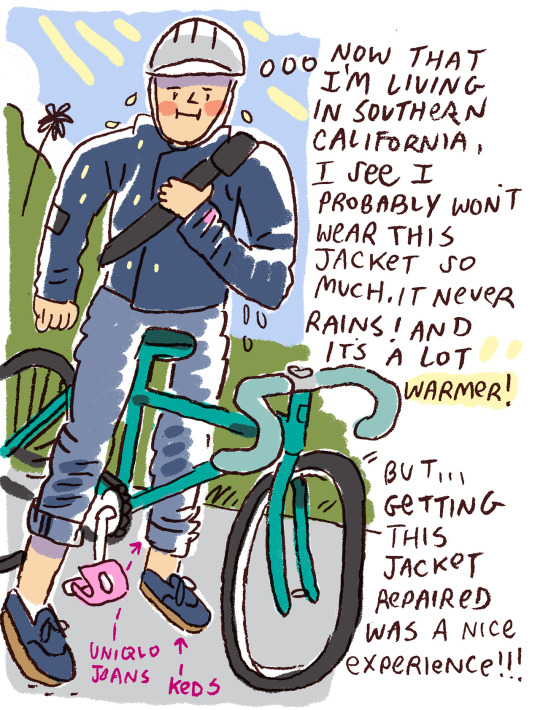
Jeff Koontz is a Pittsburgh-based Masters racer, who has been competing for 20 years. He currently races for the UPMC/ProBikes team. This post initially appeared on Medium; he gave us permission to publish it here, as well. It has been edited, for style and clarity. Jeff can be found on Twitter, here.
I’ve always loved racing criteriums. Beyond having better physiology for the speed and tactics of a criterium, rather than a hilly road course, I love the mental engagement of criteriums. I love being constantly aware of the next corner, who is moving up, who is falling back, how many laps to the sprint — a sensory overload that is truly thrilling.
I love that at critical times in a crit, I can also slow things down mentally and make tactical decisions to set up a good finish, or just avoid trouble. I love watching Rahsaan Bahati do clinical video analysis on his races. I love the whole Manual for Speed “American Criterium” project.
Criterium racing to me is American bike racing at it’s finest. I wish we would embrace it more as our own.
I also know crit racing is dangerous. Maybe that’s part of the fun. Risks are ever present when you are doing laps of a couple of small downtown blocks and taking 90-degree corners with 100 other racers. I can live with the risk. I’ve been racing long enough to know the odds.
I guess knowing the potential for crashing doesn’t make my broken wrist sit any better with me.
In hindsight, it’s easy to have a lot of regrets about going to the masters national championships. But I’m going to try to tell my story without a lot of judgement.
I raced nationals a few years ago in Bend, Oregon. It didn’t go well for me, physically, as the unusually warm day and travel across the country got to me. When it was announced that the 2016 nationals would be held in Winston-Salem, I saw an opportunity for redemption — within driving distance.
On May 7, I registered for the criterium, and saw a lot of other people had as well, with only a few spots left in the field that would approach 125 riders registered.

I checked out the course online. It looked okay, a flat three-corner course, but even the sharpest corner had ample room when I checked it out on Google Street View.

On May 20, less than a week before nationals, I received an email with the usual pre-race information, however, a few paragraphs down was this: “As some of you have seen, USA Cycling has changed the masters’ critierium course. Due to changes to the original course imposed by local affected businesses in the last week, USA Cycling determined the original course was no longer suitable for racing for our riders. To remedy the situation, we have moved the criterium. The new course is less than half a mile from the original. The new criterium map can be found here.”
The course was relocated to the Dixie Fairgrounds. This is not the first time USA Cycling has had issues with the viability of anNational championship course, the most infamous incident being the national cyclocross championships in Austin, Texas, which were halted by a local “Heritage Tree” group. Ultimately, the final day was pushed from Sunday to Monday in order to accommodate a course rerouting.
The new route in Winston-Salem used the Dixie Fairgrounds’ “Midway” as a substantial part of the course, utilizing two of the four lanes of traffic on two roads outside the Fairgrounds, which allowed regular vehicular traffic to continue, via lane reductions on the other two lanes.
The new course, especially with the carnival tops on satellite view, looked interesting to say the least. The only real question I had in looking at it was how it would flow, coming through the start finish and making a quick right-left onto a much narrower access road.

Arriving early on race day, I noted the course fencing. From the exit of the 180-degree turn to the right turn on Deacon Blvd, the course was fenced off, limiting the use of the full width of the roadways, and funneling the race through the turns with little margin for error.
The racing timetable was set up pretty tightly, and as a result, no riders on race day would be able to take even one lap of the course before lining up for their start.
In fact, racers would be asked to leave the course before completing a full cool-down lap. The rider staging chute filled up early, as riders recognized that starting position would be key to avoiding crashes and not getting gapped off the back. Riders sat in the chute for anywhere from 15–30 minutes prior to their starts.
I had some friends in the 35–39 race earlier in the day to watch, and gain intel from. The crashing didn’t take long to begin, with a large number of riders heading to the pits early on. My friend Jason Mount got caught in the first major crash and took his free lap, along with many others.
I saw guys on the local Pennsylvania GPOA team, such as Colin Sandberg, riding Mavic neutral bikes, and others, like John Heffner, just taking free laps later in the race. Jason just avoided a second crash in front of him, before finally being crashed out for good with about four laps to go. From that point forward, there was a crash on those first “S” turns every lap until the finish of the race.

They delayed the 40–44 men’s race start to adjust the barriers through those corners, to allow a little more room for error. I do think it helped, as during the 35–39 race, it wasn’t an “if”, but a “when” you would go down in those corners.
I think it’s pretty natural to feel a little nervous watching, as the 35–39 race had only 56 registered, but knowing that my race, the 45–49 category, had 124 lining up.
I definitely wanted to get a good start in the front, to avoid any carnage. After a warm up on the trainer, I went over to the course where there was room to do some efforts on the outside of the 180-degree turn.
People began lining up in the staging chute even earlier than I expected, so I went over and lined up in the corral, about 25 minutes before the race. USA Cycling, and the announcers, thought we had 122 in the field, but as roll call went on in staging, it seemed there were a lot of no-shows. Looking at the official results, 27 riders paid $105 and did not take the start. I heard at least one person say they didn’t take the start because it wasn’t worth the risk, but that was just one.
Given that temperatures started to climb to 90 degrees as my 1pm start approached (my bike computer read even higher), I was concerned about the time sitting exposed to the sun in the saddle. As we watched the conclusion of the 40–44 race, another unfortunate accident happened. A group of three riders had established what would be the winning break as they re-entered the fairgrounds.
When they came off the 180, and before they approached the S-turn onto the final straight (for the win), one of the riders, Phillip Tintsman, saw his front wheel go out from under him.
Another racer, John Murazak, also crashed into unsecured steel fencing that was held together with zip ties in other areas, but not in this corner. His chest was sliced open and was bleeding a lot. I learned later that he broke his clavicle and fractured two vertebrae, requiring three hours of surgery to clear out all the damaged tissue.
This caused our race to be delayed for an additional 15 minutes. Fortunately, I had my wife with a spare bottle nearby to keep me hydrated and pour water over my back. I was in good position in the second row, ready to go and stay out of trouble. The officials then told us that we were going to ride a neutral lap (which had not happened for any previous race that day), and the race would be live when we crossed the start finish.
The neutral lap was only neutral in that the moto controlled the speed, although on the back stretch riders were on either side of the moto and actually passing the moto while getting yelled at.
Upon re-entry to the fairgrounds, the pack was dangerously wide going into the tight barriers of the Midway complex. Once we crossed the start-finish line and the race went live, there was a crash in Turn 1 that was deemed serious enough to stop the race at the start-finish line. We again waited in the 90-degree heat for another 15 minutes, with the officials promising us 30 minutes of racing when we restarted. Bottles again were passed around to help cool people off, and after that 15 minutes or so, we restarted, with no neutral lap this time.
The race was predictably fast, and I felt good. In places, the course seemed to have good flow, but going from the start finish through the right turn onto Deacon Avenue was always a little sketchy, and there was a significant pavement transition between the fairgrounds and the road there.
After the fast right turn onto Shorefair Drive, the course went downhill; as it was the widest part of the course, the pack also grew pretty wide across the road. I found a lot of momentum as the course swept right in through the fairground gates and then after the left, there was a lot of jostling for positioning into the 180 and beyond. I saw about four of five laps of this.

The masters 35-39 field through Turns 1 and 2
The bunch was wide again on Shorefair going downhill, and then there was carnage in front of me. No where to go, instincts did what they did, and I ended up over the handlebar.
Initially, I thought I came out of it pretty well. I went to pick up the bike, assess the damage, and head to the pits. The bike looked fine, but I realized something was gravely wrong with my left hand. I knew pretty much right away that my wrist was broken, and I got up on my bike and tried to get back to the medical tent with one hand. Course marshals sent us the wrong way, and the course was barriered off in a way that you could not get into the fairgrounds unless you were on the course, or at an entrance for parking. (This also meant spectators couldn’t walk the course.) Everyone in the crash was pretty frustrated that they couldn’t get to medical very easily.
I looked for my wife and eventually made it to the medical tent where I had a wait, as other riders in the pile-up were being treated. One guy had really bad road rash, notably bad. Someone’s bike laid nearby, the frame completely folded in half. They did a quick assessment of my wrist and applied some ice. As I sat there, I started to feel nauseous, and I saw my world closing in. I was alert enough to inform the medical staff I was close to blacking out, and they got me down on the ground with some ice packs. I never fully lost consciousness, and I cooled down enough to get to our car so that my wife could drive over to the ER at Wake Forest Baptist Medical Center.
I was not the first or last cyclist they were to see that day. The wait to be seen in the ER was pretty long, measured in hours, not minutes. As I would later come to understand, the bike race was a major contributing factor to my wait, as the ER staff was not expecting (or aware) that the national championships would amount to “men trying to knock other men off their bikes” — one medical aid’s word-for-word impression of what bike racing must have been about that particular day.
During my treatment there, which saw me initially in the Fast Track area, and then moved to a room for further treatment, I overheard medical staff lamenting the bike race, asking why nobody put them on alert, and how it had taken a normal Thursday for them and turned it into a medical triage situation. The medical staff was not happy.
I’ve only been to one emergency room after a bike race, and in that instance, mine was the only incident in that race needing medical attention. In this case, the doctor seeing me later in the evening, after I was moved out of Fast Track, said I was one of four cyclists he was treating at 9pm that night in his “pod” alone.

Traction: Finger traps to relax the muscles to splint the wrist
In the waiting room I met the daughters of an older male cyclist from California, who had multiple injuries during one of the 65+ or 70+ races, including some serious open wounds.
I heard people recount the injuries to John Murazak, the aforementioned rider who was impaled by an unsecured square metal fence protrusion. The stories went on. If you were at the hospital on May 26, you would probably question what we are doing competing in this sport at all. I am pretty certain that no one from USA Cycling knew the extent of medical issues at the hospital, as their duties seem to end when they record your race number at the medical tent.
I signed a waiver understanding the risks of bike racing. And when these things happen, we dust them off as “well, that’s bike racing.” I have no problem accepting those risks, and if my injuries had occured at a race like Somerville or some other race I know and love, that’s all part of the risk I can accept.
I don’t know how to feel about this particular race, run by our national governing body. Maybe, for everything that happened, it can easily be explained away as “that’s bike racing,” too.
I’ve tried to recount the race as directly as possible, without too much opinion or conjecture. I’m not looking for sympathy, and I don’t know that there are any meaningful answers to be had.
But I also thought this story should be told. The masters national criterium championship was a miserable day, for many.
Criterium courses aren’t the type of thing that should be thrown together at the last minute, particularly not when a national title is on the line. There are many great criteriums in the United States, with courses that are well regarded for their designs, including those at Somerville, in New Jersey, and the old Chris Thater course, in New York, to name a few.
These are events that are sanctioned by USA Cycling — officials at these events also work at national championship events. And while it’s not the responsibility of the commissaires to design courses, it seems there should be more communication among parties about what makes for a national-level course.
The masters national criterium championship that USA Cycling hosted in Winston-Salem, which changed venues in the weeks before it was held, seemed as though there was no forethought about course flow, or designing a challenging course that would reward a deserving winner. Instead, the main determining factor seemed to be finding a location where an event could be held on closed roads. This happens at local events, but you’d hope for more from a national championship.






























































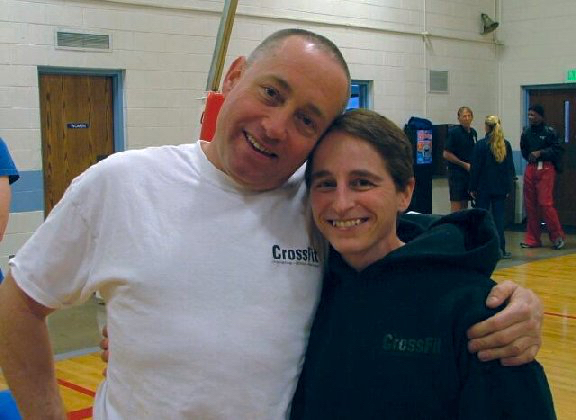 CrossFit Founder and CEO Greg Glassman with Lynne Pitts.
CrossFit Founder and CEO Greg Glassman with Lynne Pitts.